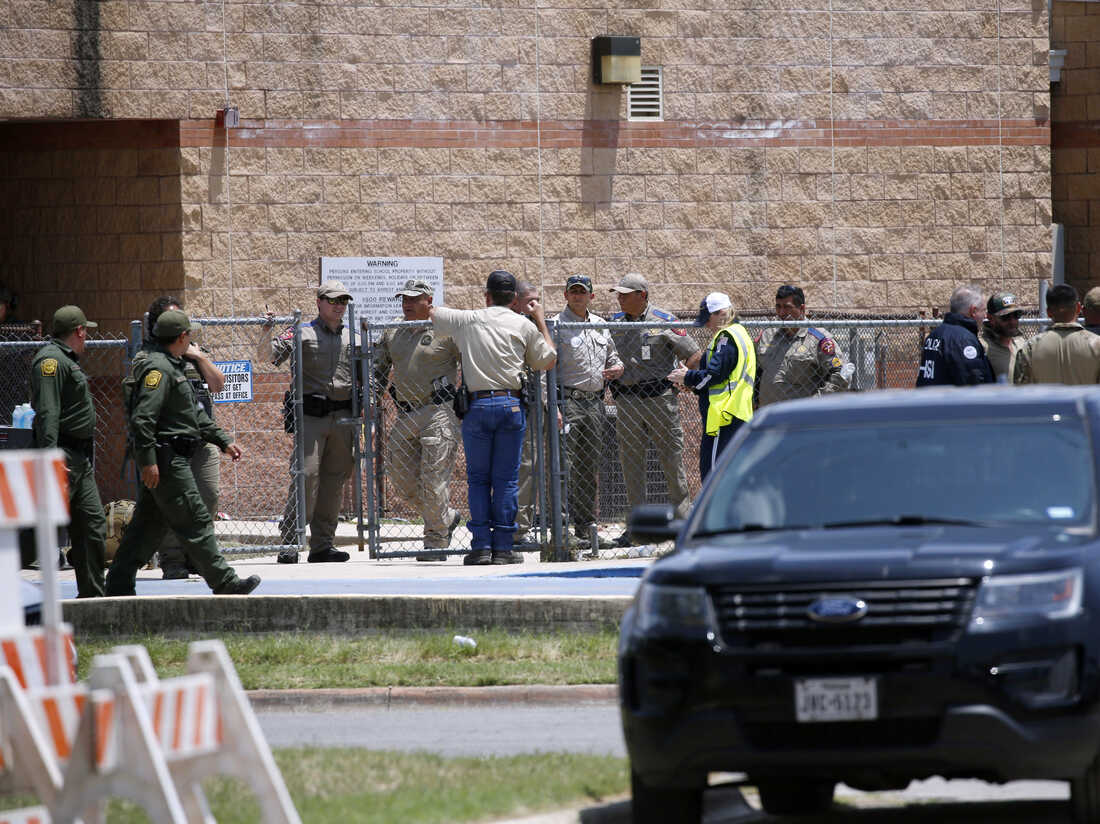Penna Dexter
As I drove around town doing errands on May 24, radio news reports and interruptions to regular programming alerted me to the shooting at Robb Elementary School in Uvalde, Texas. After about the fourth or fifth report stating the situation was “ongoing” I began to wonder why. Surely we’d be hearing the results of a police confrontation with the shooter, numbers of casualties, and reunions of frightened children with relieved parents.
Three officers tried to confront the shooter early on, but they retreated after one was grazed by a shooter’s bullet. Law enforcement officials continued to arrive at the scene, some 400 of them, according to a report by an investigative committee from the Texas House of Representatives. But no one acted for a seemingly inexplicable 77 minutes. Why not?
One explanation is something called the ‘bystander effect’. Catherine Sanderson, Professor of Psychology at Amhurst College, says “the biggest factor inhibiting action at Robb Elementary School was the presence of so many officers.” In her Wall Street Journal article titled “When Police Fail to Act in a Crisis,” she explains that with large groups of people on hand, “no one personally feels they have to act.” Psychologists describe this “as a diffusion of responsibility, or ‘social loafing’.”
In active shooter training, law enforcement officers are taught that, when there’s a shooter incident, they can step up, regardless of rank, and assume command. But, Professor Anderson says, “because group settings reduce each individual’s sense of urgency, people enter a state of indecision in which they play through various possibilities in their minds.”
Professor Sanderson says this tendency towards inaction in a group setting can be overcome with specific training. She’s an advisor for the Active Bystandership in Law Enforcement Project at Georgetown University which “teaches officers how to notice the need for action, decide to intervene and act, even when others are not.”
Several cities employ this training. It would have saved lives in Uvalde.
 Listen Online
Listen Online Watch Online
Watch Online Find a Station in Your Area
Find a Station in Your Area









 Listen Now
Listen Now Watch Online
Watch Online
